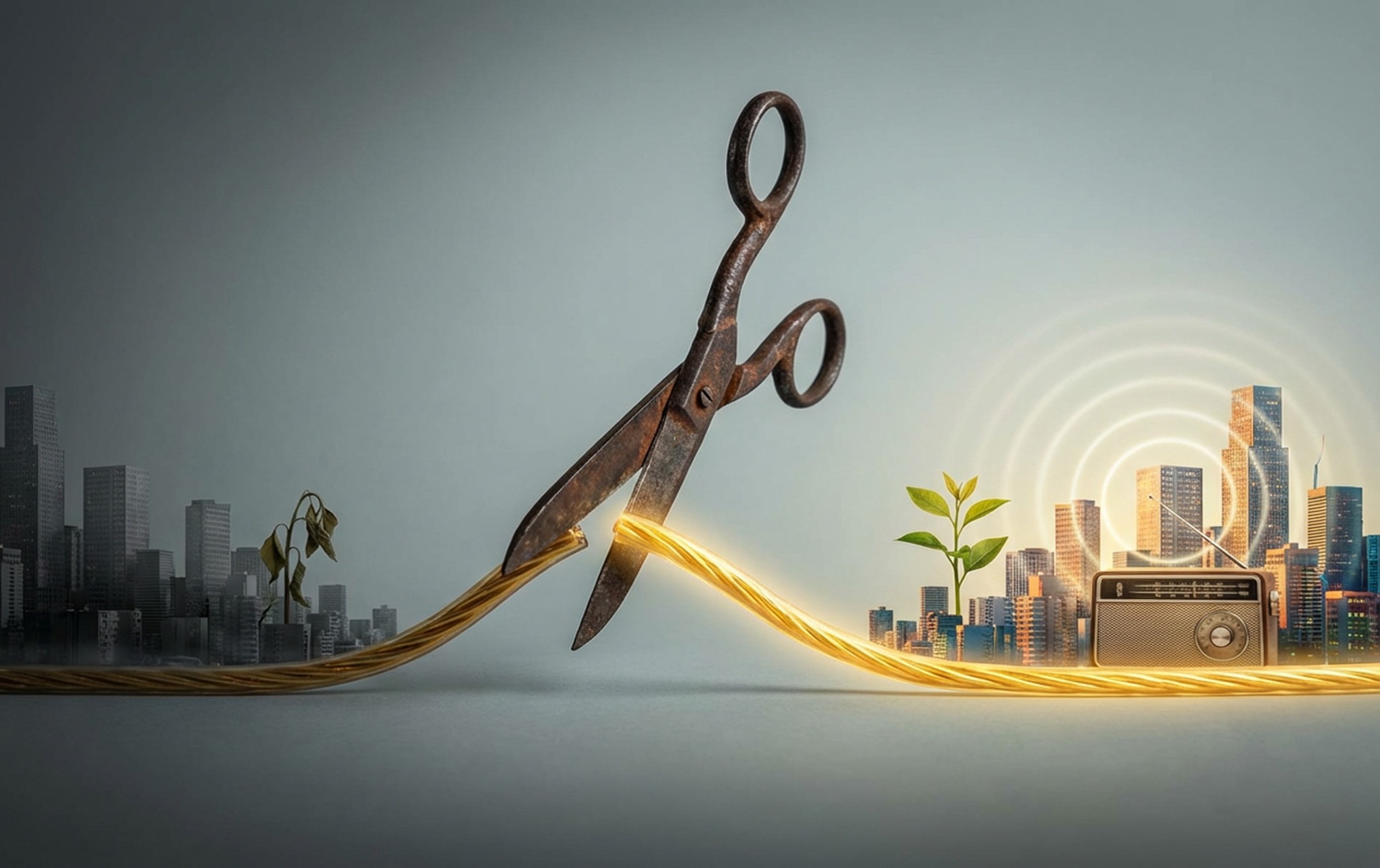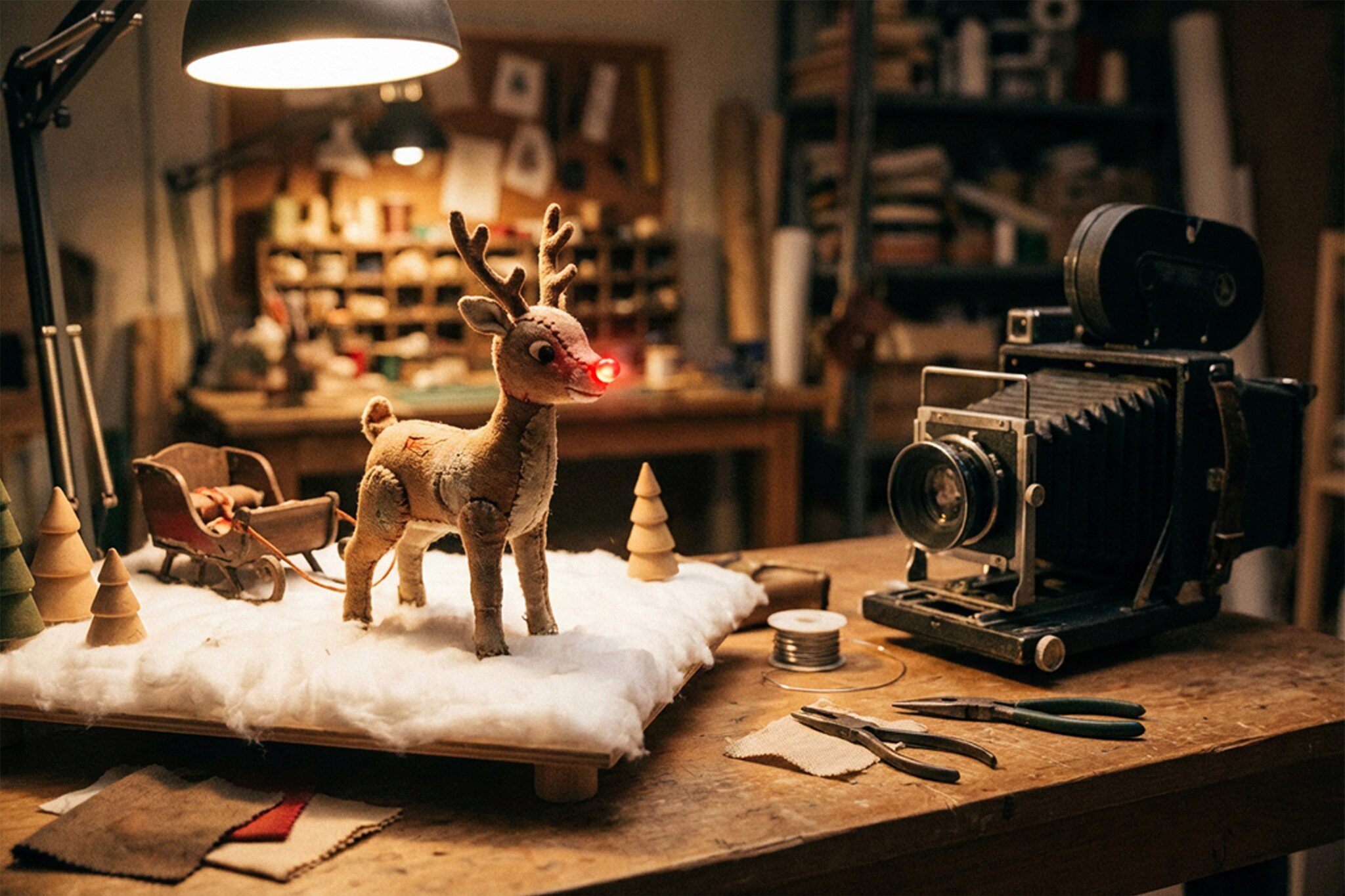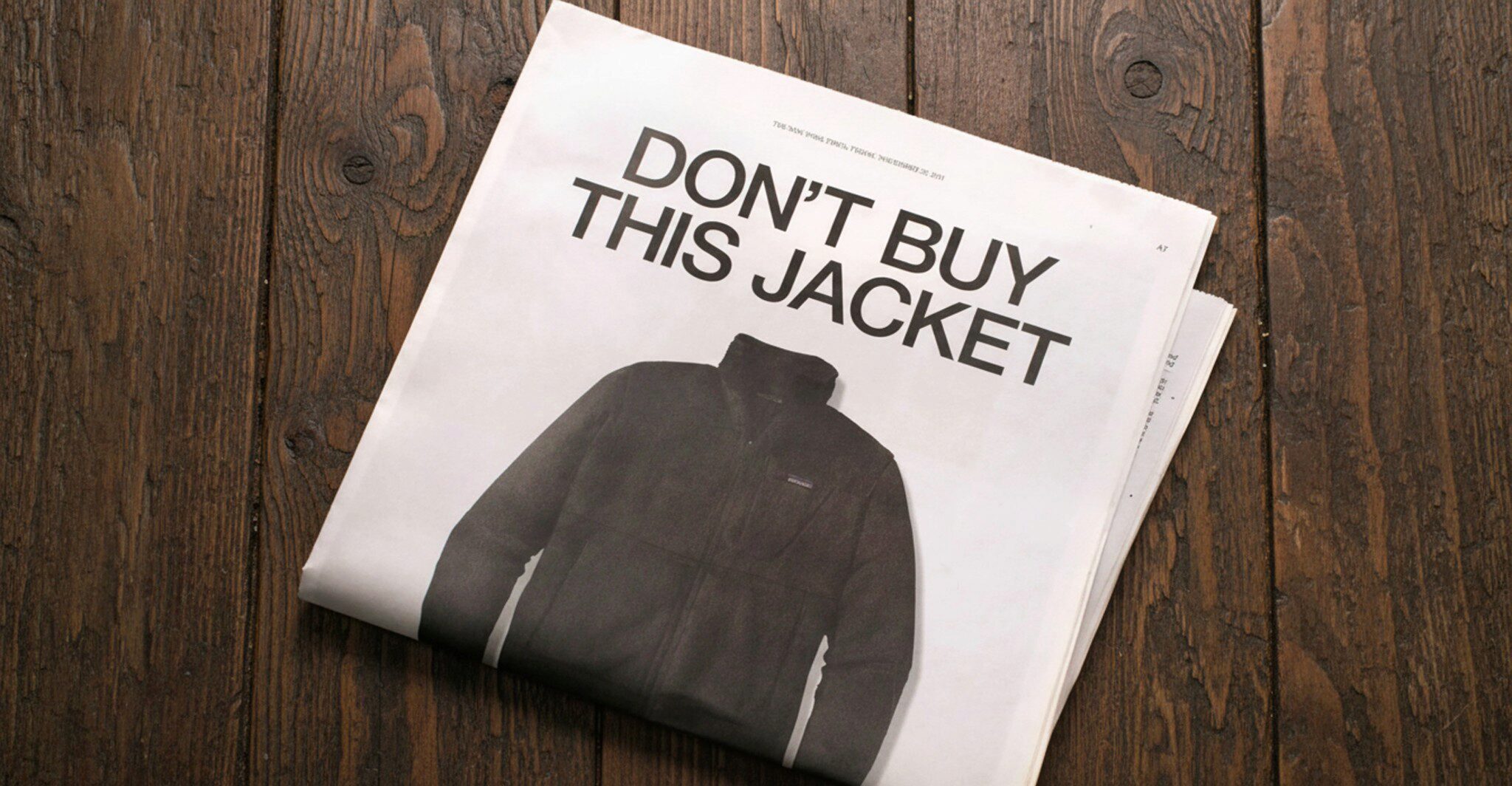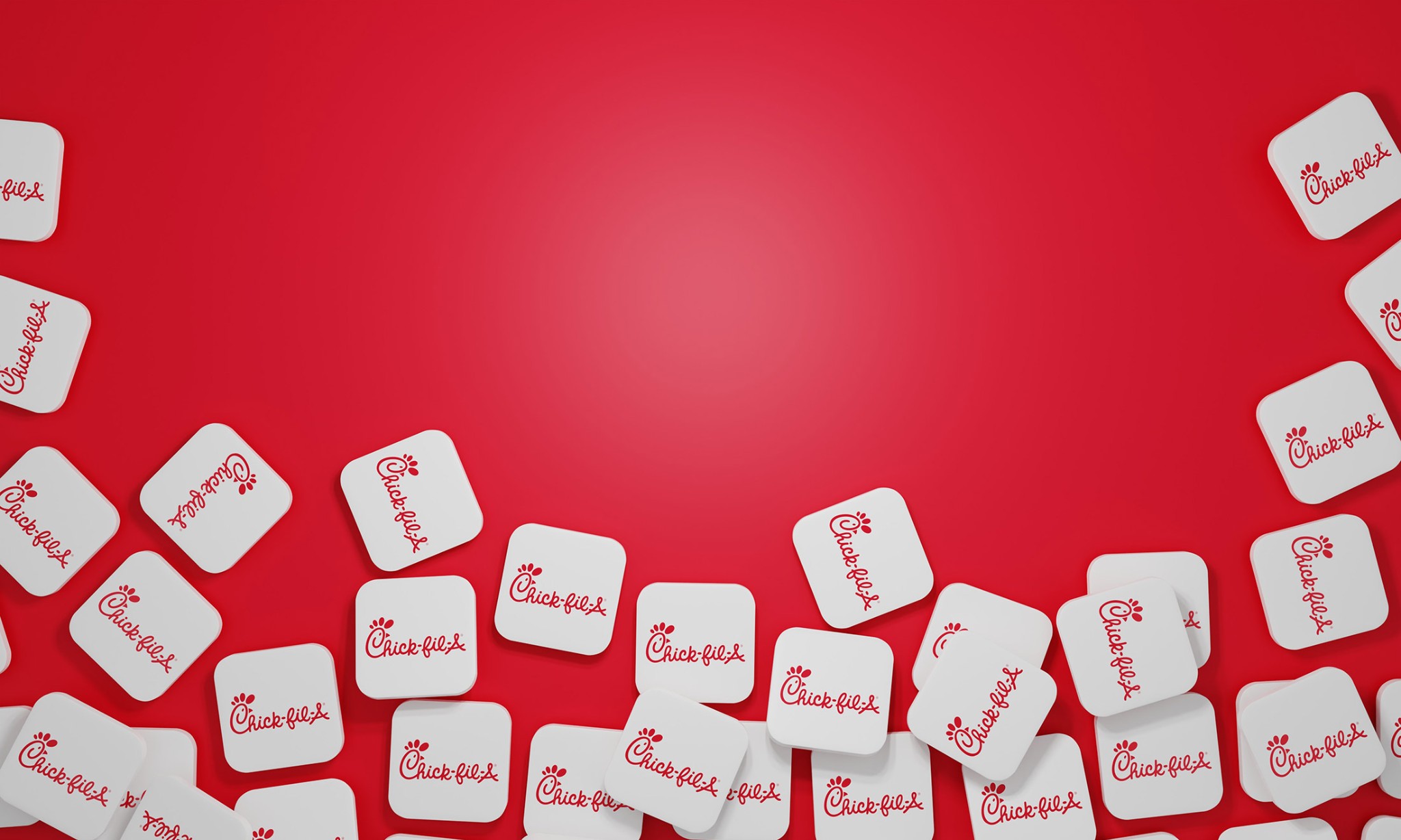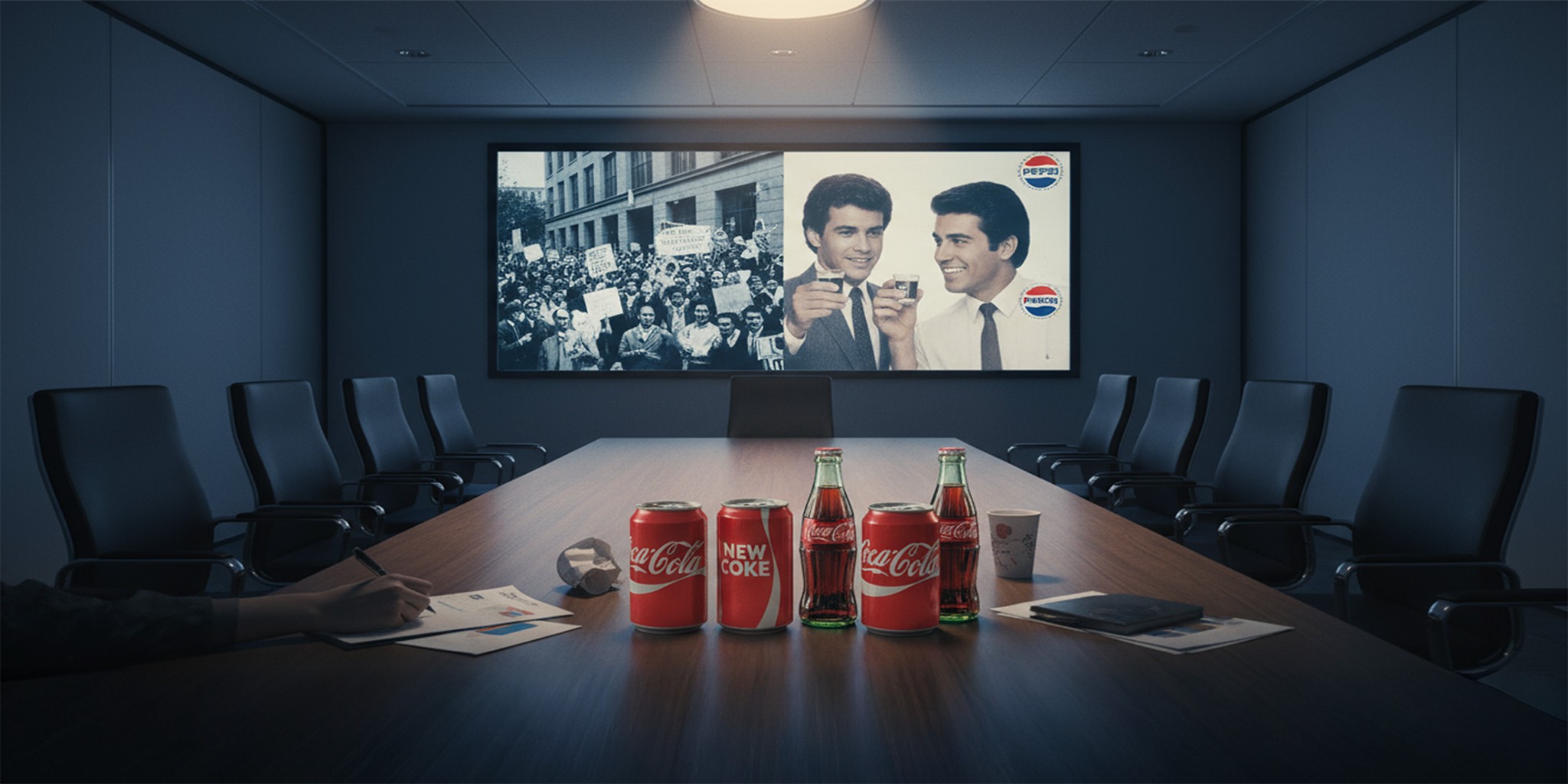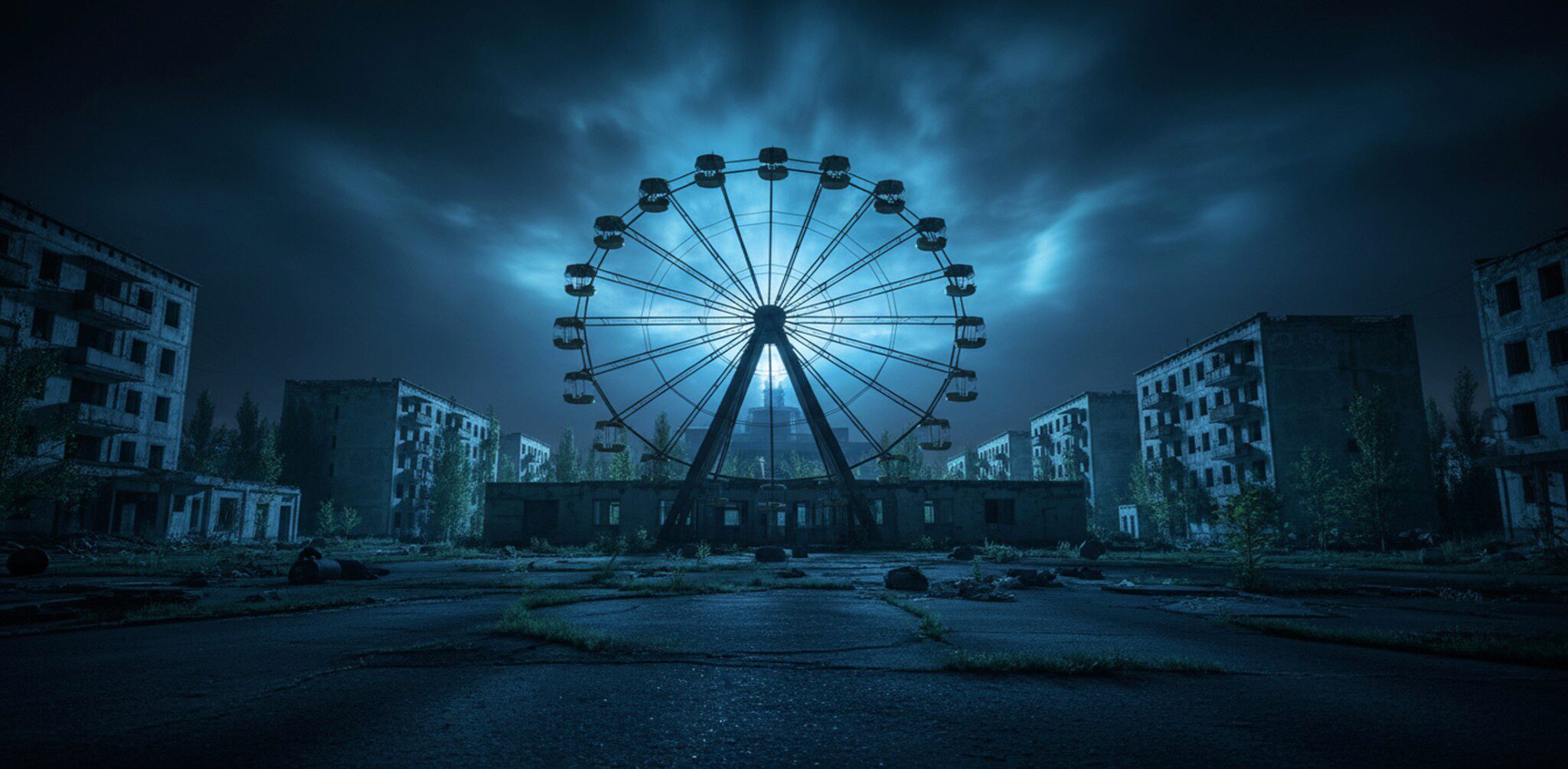Bark Communications is pleased to announce its partnership with East African Power (EAP), a leading renewable energy developer in Sub-Saharan Africa, through Bark's innovative Bark ONE model. This strategic relationship will elevate EAP’s marketing, communications and brand positioning efforts as the company accelerates its mission to
Read More

Bark’s highly skilled team is deeply committed to our company’s success. They’ve helped us strengthen our brand and effectively reach our target audience with innovative campaigns and impactful messaging. Their support has been invaluable.

Bark has been an incredible partner. They are reliable and dependable. We have been in the trenches and they own your brand like it is their own. It has been a huge asset to leverage all of their ingenuity and resources for our organization.

The team at Bark has a unique talent for capturing visionary ideas and making them a reality. Their integrity and innovation have far exceeded our expectations, and our partnership with them is an invaluable part of how we do business.



